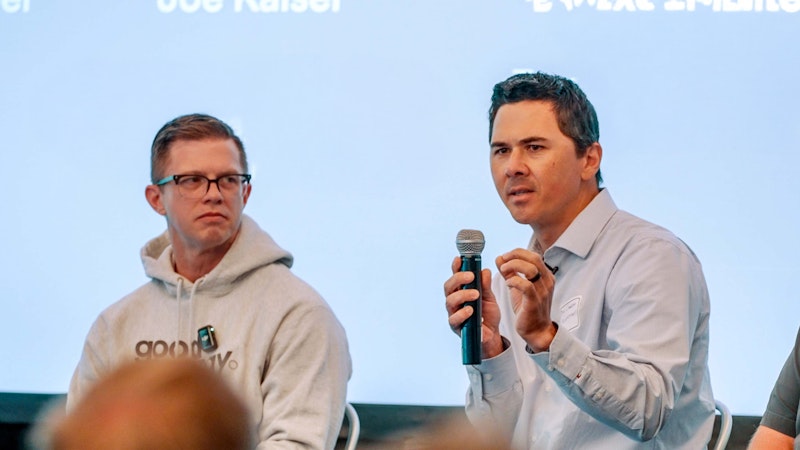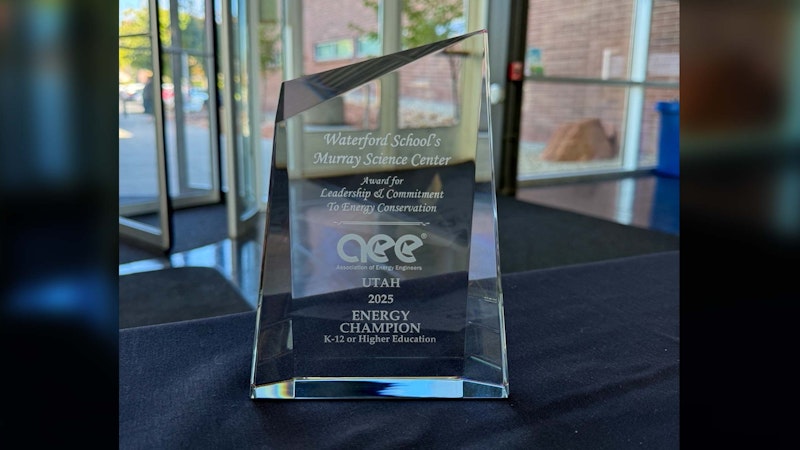Torus CEO Nate Walkingshaw shares his thoughts on the current state of our electrical grid and how new energy technology can power our lives more reliably and affordably.
Our nations Grid is full of congestion! Why is that?
Breaking congestion down in simple terms: Let’s imagine that electricity is like water flowing through a bunch of pipes. These pipes are the transmission lines, and they carry electricity from power plants (where electricity is made) to our homes and schools where we use it.
Why Congestion Happens
- Limited Space in the Pipes: Just like water pipes can only carry a certain amount of water at once, transmission lines can only carry a certain amount of electricity at a time. If too much electricity is trying to flow through the lines, it becomes “congested.”
- Lots of Demand: When lots of people use electricity at the same time, it’s like everyone turning on their water taps at the same time. The transmission lines get crowded with electricity trying to go everywhere at once.
- Popular Routes: Some transmission lines are like popular highways that everyone uses because they connect important places. These lines can get congested faster because so many people (or in this case, so much electricity) are using them.
What Happens During Congestion
- Slower Flow: Just like traffic jams slow down cars, congestion slows down the flow of electricity. This can make it harder for electricity to get where it needs to go quickly.
- Overheating: If too much electricity tries to flow through a line, it can overheat, just like a water pipe might burst if too much water flows through it too fast.
- Redirecting Traffic: To manage congestion, grid engineers or transmission line operators can reroute electricity through different transmission lines, just like traffic police might redirect cars to less busy streets.
Solutions to Congestion with Torus Technology
- Building More Lines and Upgrading Lines: While building more transmission lines and upgrading existing ones helps, these are big, expensive projects that take a 10–25 years to complete.
- Torus’s FESS (Flywheel Energy Storage System): Imagine having a big spinning wheel that stores energy and reacts in milliseconds. When there’s too much electricity trying to flow through the lines, the Torus FESS can quickly absorb and store it. Later, when the demand for electricity is lower and there is frequency unbalance, it can release the stored energy quickly back into the grid. This helps keep the flow of electricity smooth and reduces congestion, much like a water tank storing extra water during a heavy rain storm to release it later when it is most needed
- Torus’s BESS (Battery Energy Storage System): A BESS is a giant rechargeable battery. When the transmission lines are congested, a BESS can store the extra electricity. Then, during times when less electricity is needed, it can release the stored energy back into the grid for long periods of time. This balances the flow of electricity and prevents congestion, similar to how a reservoir holds and releases water to control the flow in a river.
- Torus’s Lattice Energy Management System: Lattice is like a super-smart traffic control system for electricity. It monitors the flow of electricity in real-time and makes decisions about where to send it. If one transmission line is getting crowded, Lattice can direct electricity to other lines or to the FESS and BESS to balance the load. This prevents congestion and ensures that electricity gets where it needs to go efficiently.
Why Torus Technology is the Silver Bullet
- Fast Response: FESS and BESS can react quickly to changes in electricity flow, absorbing and releasing energy as needed to smooth out congestion instantly.
- Efficient Use of Existing Infrastructure: By using energy storage systems and smart management, there’s less need to build new transmission lines or upgrade old ones, saving time and money.
- Reliability and Flexibility: These systems provide a reliable backup, ensuring that even if one part of the grid is congested, the overall system remains stable and flexible.
- Sustainability: Energy storage systems help make the grid more sustainable by storing excess renewable energy (like solar or wind) and releasing it when needed, reducing reliance on fossil fuels.
In simple terms, Torus’s FESS and BESS act like big storage tanks for electricity, while Lattice is the smart traffic controller. Together, they help manage the flow of electricity, preventing congestion on transmission lines and making the whole system more efficient and reliable. This makes them a great solution for keeping our power grid running smoothly.
You May Also Like

Press Release
Torus Names Bill Comeau as Chief Utility Officer to Advance Utility Partnerships
With extensive experience across the energy sector, Comeau will lead Torus’ efforts to co-create new utility programs that enhance reliability and resilience.

In The News
Torus and Waterford School Honored by Utah Clean Energy for the Murray Science Center Project
Torus and Waterford School were recognized by Utah Clean Energy and the Utah Association of Energy Engineers (AEE) Utah Chapter for outstanding achievement in sustainable energy innovation.
